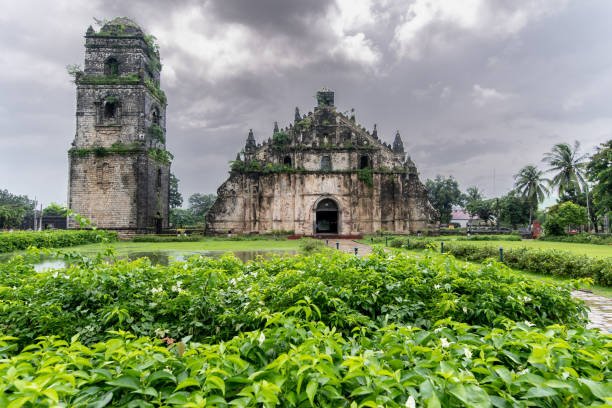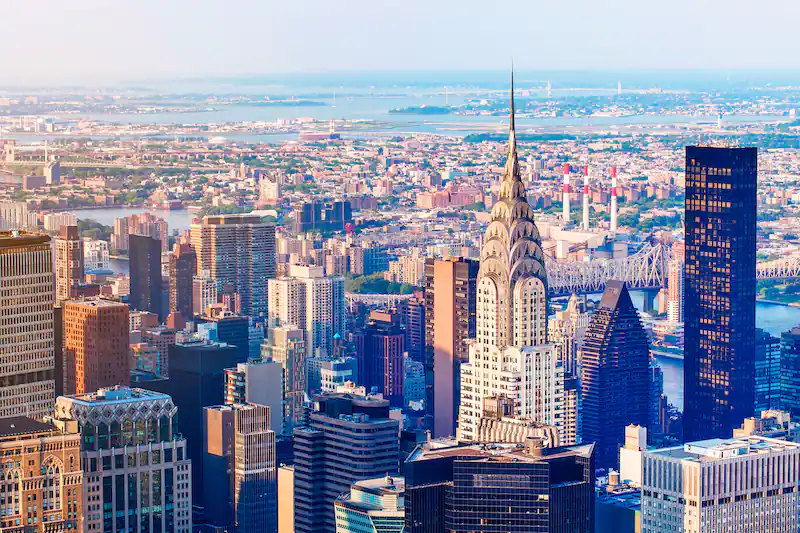If you’re a traveler looking for a destination that combines rich history, natural beauty, and cultural heritage, the Philippines should be at the top of your bucket list. This Southeast Asian archipelago is renowned for its breathtaking landmarks that offer a glimpse into its past and showcase the stunning diversity of its landscapes. In this article, we will explore some of the most iconic and fascinating landmarks the Philippines has to offer.
Rizal Park
One of the most famous landmarks in the Philippines, Rizal Park, also known as Luneta Park, is a sprawling green oasis in the heart of Manila. Named after the country’s national hero, Dr. Jose Rizal, the park serves as a tribute to his sacrifice and contribution to the nation’s independence. Visitors can explore the Rizal Monument, an imposing bronze sculpture of the hero, and take a leisurely stroll through the beautiful gardens.
San Agustin Church
Located within the walled city of Intramuros in Manila, the San Agustin Church is a UNESCO World Heritage Site and a true testament to the Philippines’ Spanish colonial past. This magnificent Baroque-style church is the oldest stone church in the country, dating back to the 16th century. Its ornate architecture and exquisite interior make it a must-visit for history and architecture enthusiasts.
Fort Santiago
Another gem within Intramuros, Fort Santiago stands as a symbol of the country’s tumultuous history. Built during the Spanish colonial period, this defensive fortress has witnessed various events, including World War II, and holds stories of bravery and resistance. Today, it is a historical park where visitors can explore dungeons, ruins, and gardens while learning about the past.
Underground River
Heading to the Palawan province, we encounter the Puerto Princesa Subterranean River National Park, home to the awe-inspiring Underground River. This natural wonder is a UNESCO World Heritage Site and one of the New Seven Wonders of Nature. Exploring the winding river inside the limestone cave, visitors are treated to mesmerizing rock formations and unique biodiversity.
Church in the Philippines
The Philippines is dotted with countless churches that reflect the country’s deep-rooted spirituality and religious heritage. One such example is the Paoay Church in Ilocos Norte, a prime example of Spanish Baroque architecture blended with local influences. These churches are not only places of worship but also architectural marvels that attract visitors with their unique charm.
Sulu Sea
For those seeking underwater adventures, the Sulu Sea offers a paradise of marine biodiversity and pristine beaches. This body of water is home to a plethora of marine species and vibrant coral reefs, making it a diver’s dream destination. Whether snorkeling or diving, exploring the Sulu Sea is an experience that should not be missed.
Japanese Occupation
The Philippines’ history is not without its dark chapters, and one such period was the Japanese occupation during World War II. Many sites across the country hold historical significance, such as Corregidor Island, where the Malinta Tunnel served as a shelter and hospital for soldiers during the war. These sites remind us of the importance of peace and reconciliation.
Palo Leyte
Palo in Leyte played a pivotal role in the country’s history, as it was the site of General Douglas MacArthur’s landing during World War II. The famous phrase “I shall return” was fulfilled as he made his triumphant return to the Philippines to liberate the country from Japanese occupation. Today, a memorial stands on Red Beach to honor this historic event.
National Cultural Treasures
The Philippines takes pride in its cultural heritage, with many landmarks recognized as National Cultural Treasures. These sites, such as the Baroque churches of the Philippines and the Rice Terraces of the Cordilleras, are meticulously preserved and protected, ensuring their legacy for future generations to appreciate and learn from.
Nature’s Sanctuary
Apart from its historical landmarks, the Philippines is also home to numerous protected areas, safeguarding its rich biodiversity. From the Tubbataha Reefs Natural Park, a UNESCO World Heritage Site, to the Mount Apo Natural Park, the country offers a wide range of ecological wonders for nature enthusiasts and eco-tourists.
Turns Brown
One unique natural phenomenon that occurs in the Philippines is the “turns brown” event. In certain regions, the water changes color, turning brown due to the presence of tannins and organic matter. This intriguing occurrence attracts scientific curiosity and captures the imagination of visitors.
A Cultural Journey
When exploring the famous landmarks of the Philippines, visitors embark on a cultural journey that unravels the nation’s story. Each site contributes to the collective identity and heritage of the Filipino people, fostering a sense of pride and belonging.
Delights for Travelers
For travelers seeking diverse experiences, the Philippines offers an abundance of tourist attractions. From pristine beaches to lush mountains, from vibrant festivals to mouthwatering cuisine, the country captivates visitors with its array of delights.
Unraveling the Uniqueness
The diversity of the Philippines’ landmarks and natural wonders leads to perplexity and burstiness. Each location has its own distinctive features and stories, contributing to the country’s allure as a multifaceted destination.
Summary
In conclusion, the Philippines is a treasure trove of landmarks that intertwine history, culture, and nature. From the Spanish colonial gems to the natural wonders, each site has a unique tale to tell. By preserving and cherishing these landmarks, the country embraces its identity and invites the world to witness its beauty. So, pack your bags and embark on a journey to explore the Philippines’ rich tapestry of heritage and wonders.









